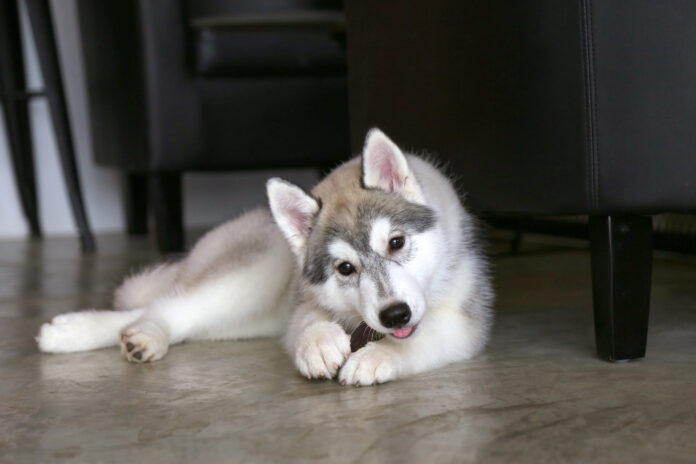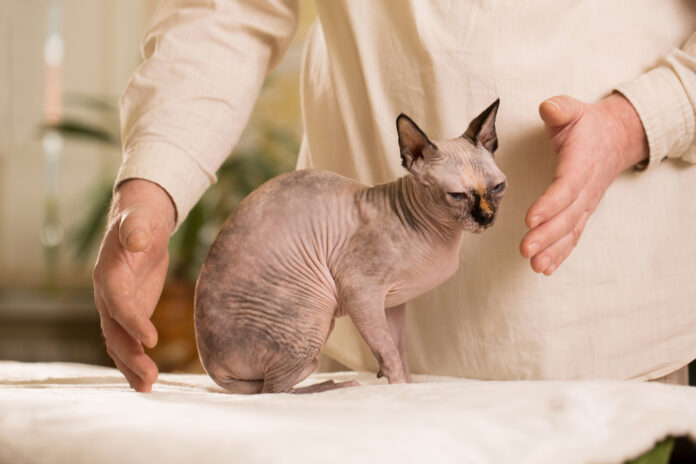Handle the Buzz: A Guide to Dog Bee Stings

Picture this: a sunny day, your dog frolicking in the yard, and then – ouch! A bee sting. It’s a scenario that can turn a playful romp into a paw-ful experience. But don’t worry, your beloved pup is not alone in discovering the torture of dog bee stings. From recognizing the signs of a dog bee sting to administering post-sting care, we’ve got the buzz on everything you need.
Key facts
- Recognize bee stings in dogs: look for symptoms like yelping, limping, drooling, and in severe cases, vomiting and difficulty breathing.
- Post-sting care: apply a cool damp towel, administer vet-approved meds, and monitor the dog, especially if they’re allergic.
- Prevent bee stings: avoid flower beds during walks; and teach your dog to come when called to divert their attention from bees.
Symptoms to Watch For
When your dog’s curiosity meets a bee’s sting, it’s not exactly a match made in heaven. Tell-tale signs of a possible bee sting include:
- Impromptu yelping, limping, or scratching
- Drooling more than usual
- Pawing at a specific spot
But wait… Some dogs might have an allergic reaction to bee stings. Imagine the usual symptoms, but with a twist. If your dog has an allergy to bees you can expect to see the following signs:
- severe swelling,
- vomiting, and even
- difficulty breathing.
Annoying and painfully uncomfortable at best, something quite scary at worst – for pooch and parent – dog bee stings must be tended to immediately. So, what’s a pet parent to do?
Post-Bee Sting Care for Dogs
When a sting turns your pup’s playtime into a painful pause, it’s time for some TLC.
Non-Allergic Reactions
For non-allergic dogs, a cool damp towel on the sting site and vet-approved over-the-counter meds can help soothe the sting.
Once the sting has subsided, watch out for itching and scratching. Should raw spots emerge from said itching and scratching, be sure to soothe any irritation and heal those quickly and easily with Banixx Pet Care Spray.
Allergic Reactions
But if your dog is allergic, post-sting care becomes more critical. After immediate treatments like antihistamines, anti-inflammatories, IV fluids or oxygen therapy at the vet’s office, your role doesn’t end. Keep a vigilant eye on your furry friend don’t hesitate to ring the vet if it gets worse.
How to Prevent Bee Stings in Dogs
Keeping your dog safe from bee stings might seem like a tricky task, but a few simple steps can help.
- Stay clear of flower beds during walks. Bees love flowers, and your dog loves chasing things – it’s a recipe for a sting!
- At home, keep your dog away from known beehives or nests. If you spot a hive in a common area, don’t go there. Remember, bees usually sting when they feel threatened.
- And what about dogs with a known risk of anaphylaxis? For them, prevention is crucial. Discuss with your vet about the possibility of carrying antihistamines or an EpiPen.
From recognizing the signs, to understanding allergic reactions, immediate care, and prevention, we’ve covered it all. Every dog has its day, and Banixx are committed to helping make sure a bee sting doesn’t ruin yours!

AUTHOR PROFILE
Animal Wellness
Animal Wellness is North America\’s top natural health and lifestyle magazine for dogs and cats, with a readership of over one million every year. AW features articles by some of the most renowned experts in the pet industry, with topics ranging from diet and health related issues, to articles on training, fitness and emotional well being.



